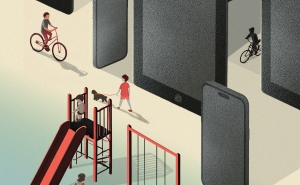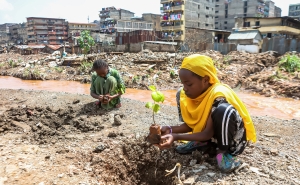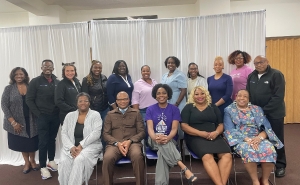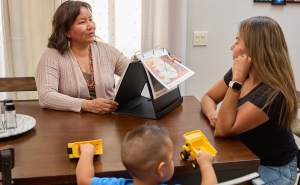Gun-Related Deaths Increased During the Pandemic
Can a public health approach reverse this spike in gun homicides and suicides?
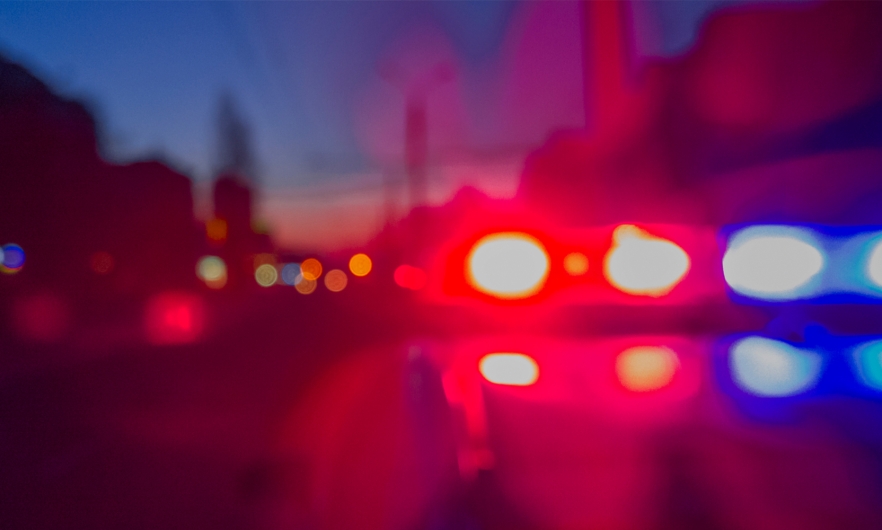
New provisional CDC data show that gun deaths reached an all-time high in 2021, continuing a troubling spike in gun violence during the pandemic. Another disturbing trend, as gun policy expert Ari Davis, MPP, explains, is a widening disparity in gun deaths that disproportionately impact Black and Hispanic Americans.
In this Q&A, adapted from the November 16 episode of Public Health On Call, Stephanie Desmon talks with Davis, a policy adviser at the Center for Gun Violence Solutions, about his take on the CDC’s findings, what he thinks contributed to the increase, and what can be done to stem this rising tide.
Public Health On Call
This article was adapted from the November 16 episode of Public Health On Call Podcast.
What did you learn from the new CDC data?
We were interested to see what happened during the pandemic with firearm fatalities, and unfortunately, we've seen large spikes in gun deaths, both homicides and suicides. We did a large report on the 2020 data, and we saw a large increase [then]. Just recently, the CDC made provisional 2021 data available, and unfortunately the increase continued into 2021.
Over the last two years, gun homicides increased by 45%, and gun suicides increased by about 10%. Homicides that weren't committed with a firearm only increased by 6%, and suicides by other methods actually decreased. This spike in homicides and gun violence was driven almost exclusively by firearms.
Why are we seeing these spikes? Why now?
Researchers are going to spend a long time untangling all the causal links to spikes in violence during the pandemic, but I think all the factors that disrupted our daily lives contributed to the underlying risk factors for violence. For example, not having access to social support within the community, being isolated, being worried about job stability—all these things can contribute to both gun suicides and homicides.
On top of that, some people felt fearful. There was a lot of uncertainty. We had the insurrection on the Capitol, we had a lot of protests and uprisings around racial justice, and a lot of people just felt insecure. Unfortunately, folks turned to purchasing guns, at record numbers. At the same time, we see this spike in violence. Researchers haven't established a causal link there, but there's solid public health data to show that purchasing a gun and bringing it into your home—especially for first-time gun buyers—increases the risk of suicide approximately threefold and doubles the risk that someone in your home will die by homicide. People want to purchase guns because they believe that's going to make them and their families safe, but the reality is, for many, it could end in tragedy.
People are very attached to guns in this country, and now we have more of them. So what can we do to reverse this?
At the Center for Gun Violence Solutions, we take a public health approach. There are many types of violence, and we need a number of different programmatic and policy solutions to address them.
For example, our Center has done a lot of great research on gun purchaser laws. In certain states, you have to get a license to purchase a firearm. We found that when there is a law that requires a person to apply in person and be fingerprinted before purchasing a gun, there are strong reductions in gun suicides and homicides. It's not restricting anyone, because people who can legally purchase a gun are still able to.
That's just one public health solution that can help reduce this crisis. Another is extreme risk protection orders (ERPOs)—something that the Center and Johns Hopkins have taken the lead on. Nineteen states now have ERPOs. They empower family members, law enforcement, and sometimes other stakeholders to petition a court to temporarily remove a gun when someone's in crisis. Sometimes folks go through hard times, and research shows that having the tools to temporarily remove a gun can save lives.
The data also show some disparities.
People from all walks of life are affected by gun violence, but Black and Hispanic Americans are disproportionately impacted by gun homicides. That's because of a lot of the root causes of violence and structural factors that can be traced back to redlining and other racist policies. But what we saw in the data is that disparities actually got worse in the last year.
Black Americans were almost 14 times more likely to die by gun homicide. That was the largest disparity that we've seen in over a decade. Gun suicides typically impact folks living in rural areas, particularly white men. Around 80% of all gun suicides in 2021 were among that group. But the largest increases in gun suicides were among Black people. From 2020 to 2021, while white people saw an 8% increase in gun suicides, Black people saw a 21% increase.
Do we know why?
It's going to be challenging to disentangle all these factors, but the pandemic exacerbated racial disparities in a number of different health outcomes. We saw that with COVID. We saw that with the loss of jobs. When COVID happened, there were a lot of things that exacerbated disparities, and I think that that is likely a contributing factor.
You said that suicides by means [other than guns] are down. If people who are suicidal didn't have these guns, would they be taking action?
Reducing access to lethal means among those who are suicidal is a key strategy for reducing suicides. We know that when someone attempts suicide by firearm, over 90% of the time, it's fatal. But when folks use other methods such as cutting or taking medication, the lethality is much lower, between 3% and 5%. If we can limit access to lethal means for people who are in crisis, we can save lives.
Everyone expected gun suicide rates to increase in 2020. When we did our first analysis, we saw that gun suicide rates actually didn't increase that much from 2019 to 2020, during the beginning of the pandemic. But in this new CDC data, we're seeing the largest one-year increase in the gun suicide rate ever, from 2020 to 2021.
What do you take away from this?
It is disheartening. But we know that these deaths are preventable. At the Center, we are working day in, and day out to communicate the evidence on how to prevent these deaths. We've had great successes in a wide range of areas in the field of public health. We know that if we take a public health approach and address the risk factors for gun violence and its root causes, we can reduce this epidemic.
Stephanie Desmon is the co-host of the Public Health On Call podcast. She is the director of public relations and marketing for the Johns Hopkins Center for Communication Programs, the largest center at the Johns Hopkins Bloomberg School of Public Health.


